Author: Devin Pickell
Artificial intelligence has played such an important role in the world of technology, it’d be difficult to list the many ways it has influenced our lives.
For example, AI is used to develop smart chatbots for day-to-day marketing and sales tasks. It’s used for natural language processing and helping machines understand the nuances of human language. AI is even behind many of today’s advances in robotics and smart healthcare.
Without AI, machine’s wouldn’t be able to learn from prior experiences. Without machine learning, the world we know today may very well be a different place.
What is machine learning?
Machine learning is a subfield of artificial intelligence that allows machines to access data themselves, learn from this data, and perform tasks. This is done through learning algorithms and statistical models.
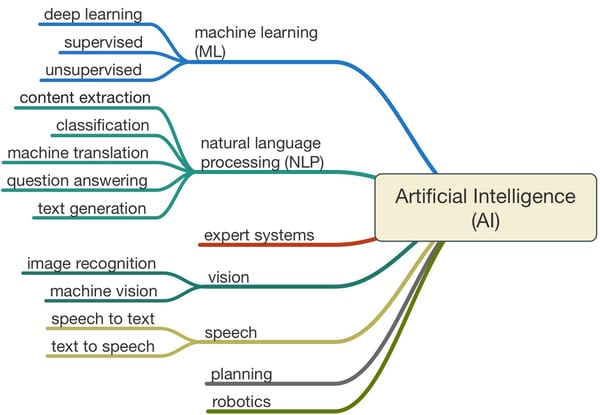
Source: Chethan Kumar, Iqreate Infotech
These tasks are wide-ranging, and depend on the type of learning the machine is supposed to do. For example, some programs are tasked with finding naturally occurring patterns in large datasets, others are tasked with classifying groups of objects based on similarities.
We’ll break down the types of machine learning later, but first, let’s look at how machine learning become so important today.
A brief history of machine learning
Machine learning may be buzzwordy, but it’s not “new” by any means and has a rich history of exciting breakthroughs.
Pre-1920s – Thomas Bayes, Adrien-Marie Legendre, Andrey Markov, and other renowned mathematicians set the groundwork for fundamental machine learning techniques.
1950 – After the first computer debuts, Alan Turing attempts to describe artificial intelligence and questions whether or not machines have the capacity to learn.
1951 – Marvin Minsky and Dean Edmonds successfully build the first artificial neural network, attempting to simulate the way human brains learn.
1974 – Artificial intelligence becomes a hot topic due to Sir James Lighthill, an author of early AI research reports.
1996 – Deep Blue, developed by IBM, becomes the first computer program to beat a world champion at chess. This is done using alpha-beta search algorithms, a more brute force approach compared to modern machine learning.
2014 – DeepMind, acquired by Google, becomes the first computer program to play simple games by analyzing the behavior of pixels.

2016 – AlphaGo uses deep reinforcement learning to learn the Chinese game of Go from scratch. In just 40 days, it surpassed the world’s greatest player and beat the most advanced forms of itself through continued learning and feedback.
2018 – Researchers from NVIDIA develop a program that uses multiple neural networks to develop photo-realistic artificial faces. This is called Generative Adversarial Networks (GANs).

Keep in mind, these are not real people. GANs shows just how powerful deep learning can be, and just how far machine learning has come.
How does machine learning work?
In simple terms, machine learning software works by mapping input X to output Y, with the input being datasets and the output being desired actions. This is generally done without explicit instructions so programs are allowed to find relationships in data.
Machine learning models, however, aren’t polished right away. More data, called validation data, is given to the model to test its accuracy and make tweaks along the way. This is where “learning” takes place.
Ultimately, the desired metric is reached when the model can complete tasks with great success by itself. This is described as supervised learning.
Supervised learning is actually the most common type of machine learning today, and plays some interesting roles in our lives.
One method of supervised learning is called classification. In classification, the target variable consists of categories. For example, spam filters classify emails based on learned elements of spam or no spam.
Another method of supervised learning is called regression. In regression, the target variable is continuous. For example, the fluctuating price of a house or measuring the impacts of a diet can be considered regression.
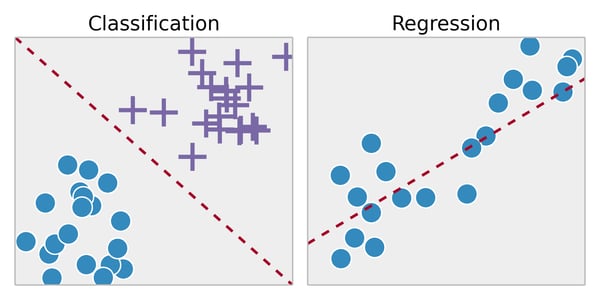
Supervised learning may be widespread, but there are other types of machine learning.
Unsupervised learning
Contrary to supervised learning, unsupervised learning requires no training data nor output value. This is because the purpose of unsupervised learning is to find naturally occurring patterns in data.
One method of unsupervised learning is called clustering. In clustering, data is grouped based on similarities. While this may not be particularly useful for customer segmentation, it’s often used in market research.
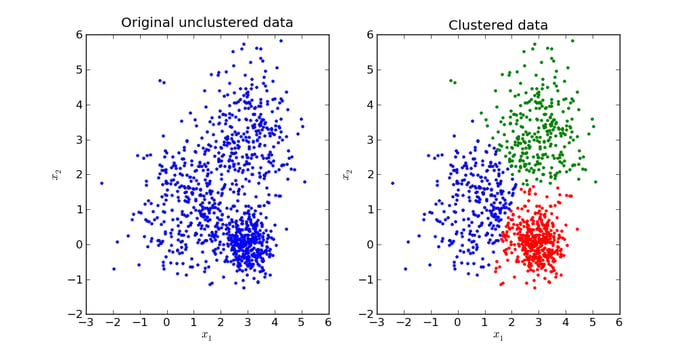
Another method of unsupervised learning is called anomaly detection. In anomaly detection, outlier data is detected. This method is commonly used in fraud prevention to detect suspicious behavior and equipment maintenance to detect unusual activity.
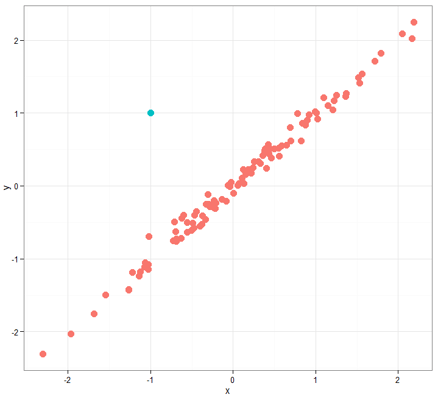
You can read more about the similarities and differences between supervised and unsupervised learning in our beginner’s guide.
Reinforcement learning
The third, less common type of machine learning is called reinforcement learning. This method trains software agents to complete a task using both positive and negative reinforcement.
Here’s an analogy for reinforcement learning: Your child receives an A+ on a test and is positively reinforced with ice cream, or your child fails a test and is negatively reinforced with no television time. Both actions are meant to influence the desired outcome of passing a test.
Reinforcement learning, for now, is used more exclusively in gaming and robotics. For example, a program can be trained to learn the basics of pong and then reinforced to know exactly when to move up versus when to move down. After many games, the agent should have a perfect win rate.
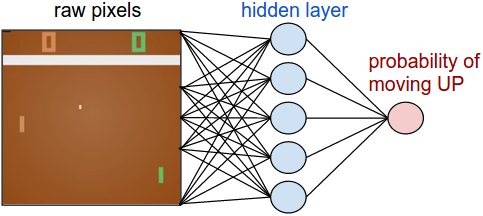
How is machine learning used?
From our previous examples, we already know that machine learning plays a key role in event detection, classifying objects, finding patterns and trends, and more. But what are some specific examples of machine learning today?
Some of the most prominent examples of machine learning come from products many of us use weekly, if not daily.
- Google uses machine learning to create personalized advertising options.
- Spotify uses machine learning for playlist recommendations.
- Uber and Lyft use machine learning for travel time estimations.
- Amazon uses machine learning to predict and analyze the purchasing behavior of its customers.
Other clever machine learning examples include:
- Text analysis for mapping out content and finding trending topics.
- Analytics for finding and investing in quality real estate.
- Call verification in the fraud recovery process.
- Price tracking for air travel to find the best deals.
Now that you know the basics of machine learning and how it’s applied, it’s time to move on to deep learning.
Introducing deep learning
Standard machine learning has set the foundation for intelligent assistance, but deep learning will lead to future innovations.
Deep learning is a subset of machine learning. It uses artificial neural networks with many hidden layers to extract features from raw data. These neural networks are what separate standard machine learning from deep learning.
A neural network is designed in a way to mimic the human brain and how it functions. Through many layers of nodes (sometimes referred to as neurons), a machine can learn by itself and make adjustments.
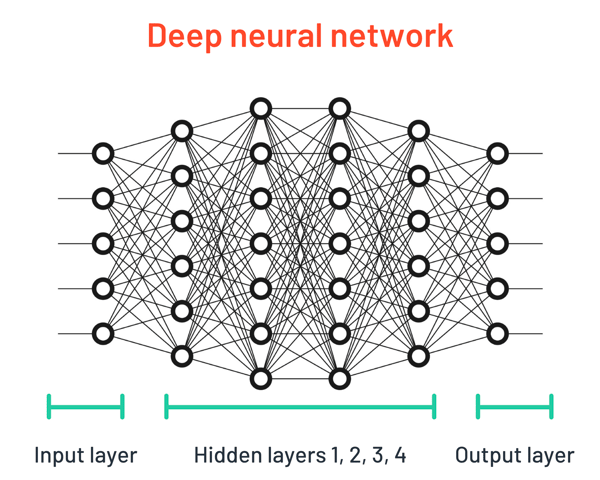
Deep learning, however, requires much more historical data to learn than standard models. This could be millions of images and lines of text or thousands of hours of video footage. In some cases, like for driverless cars, it’s a culmination of many types of data.
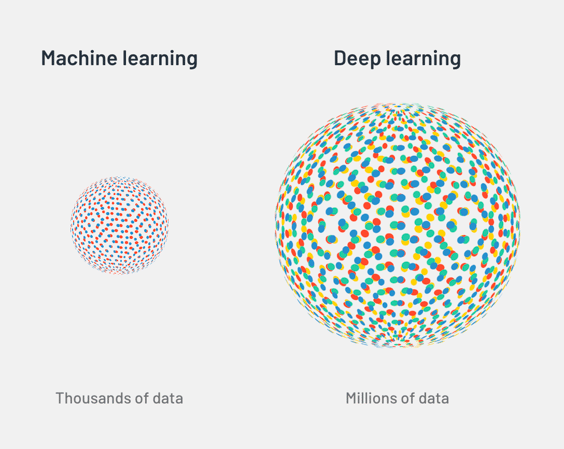
Deep learning is important because it allows businesses to analyze big data and it put it to action in many ways. Deep learning is behind many of today’s image and speech recognition technologies, image and video analyses, bioinformatics, advanced recommendation systems, and so much more.
So, what’s next?
Machine learning will undoubtedly be shaped by advancements in deep learning, artificial neural networks, and other methods and technologies like quantum computing and no-code environments.
About the Author:
Devin is a Content Marketing Specialist at G2 Crowd writing about data, analytics, and digital marketing. Prior to G2, he helped scale early-stage startups out of Chicago's booming tech scene. Outside of work, he enjoys watching his beloved Cubs, playing baseball, and gaming.

